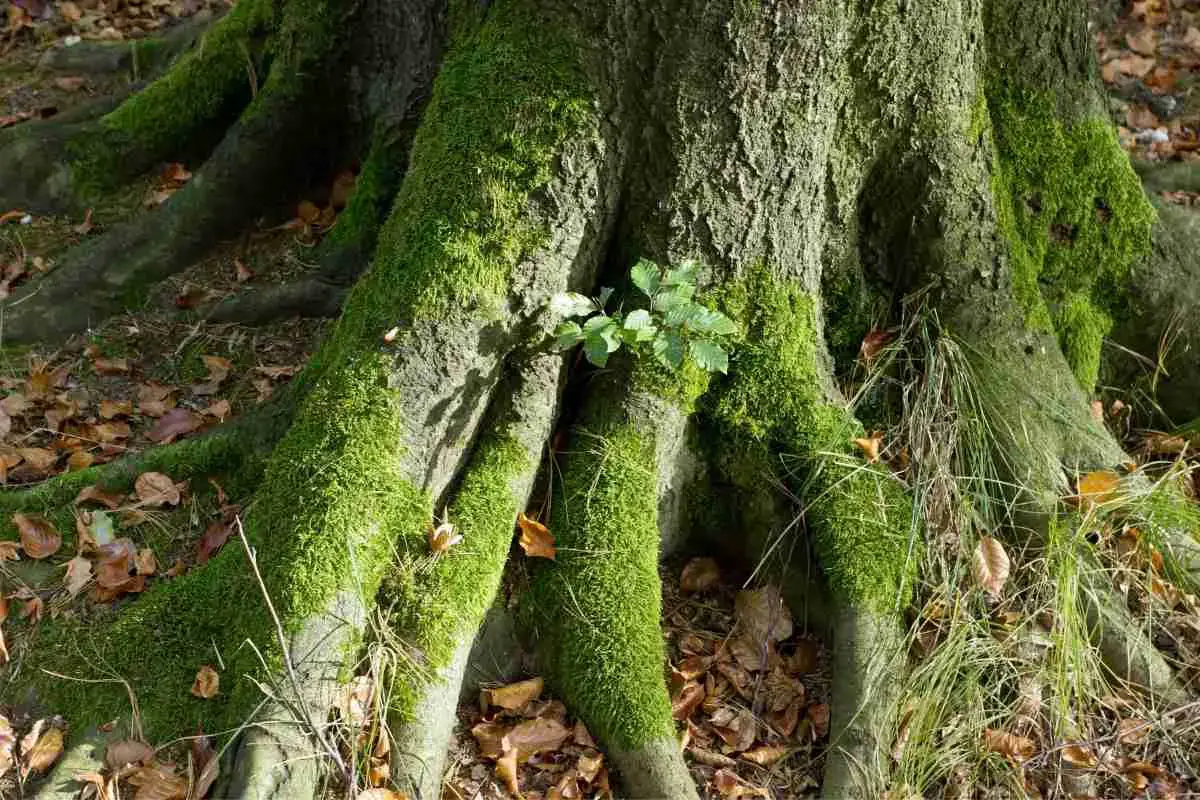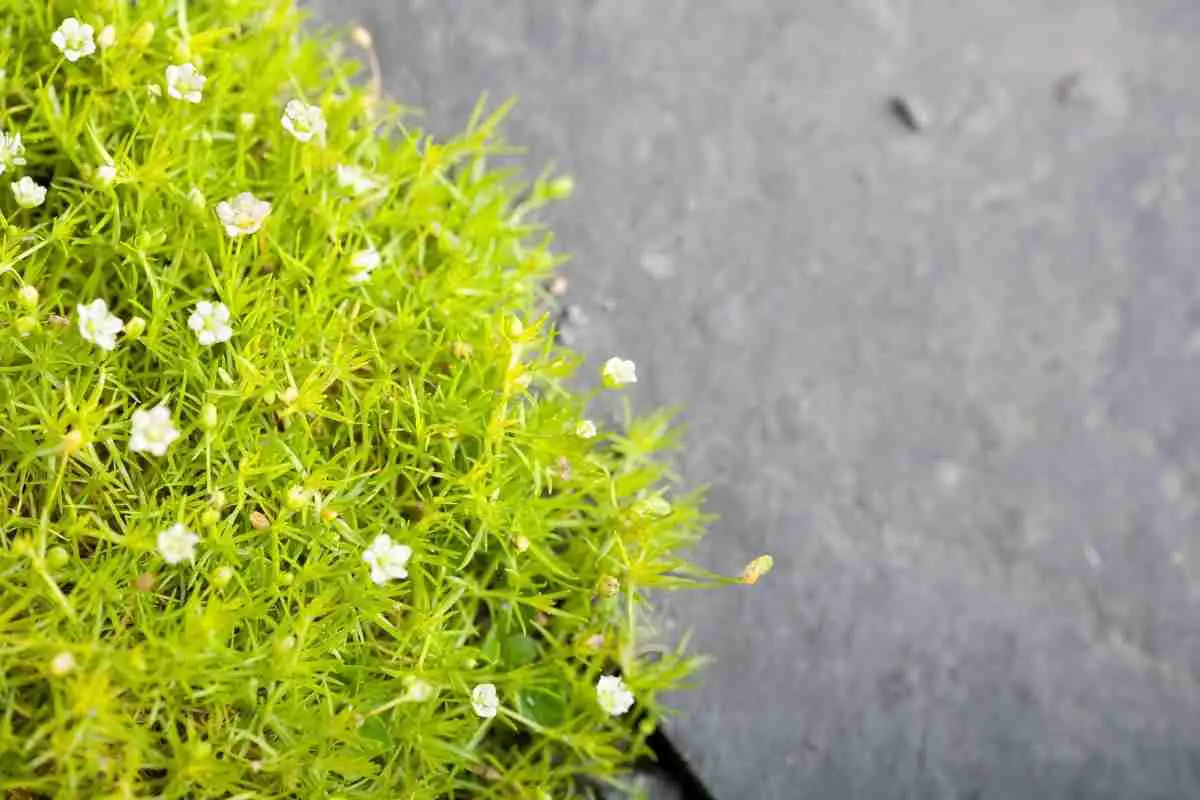
How Fast Does Irish Moss Spread?
Read more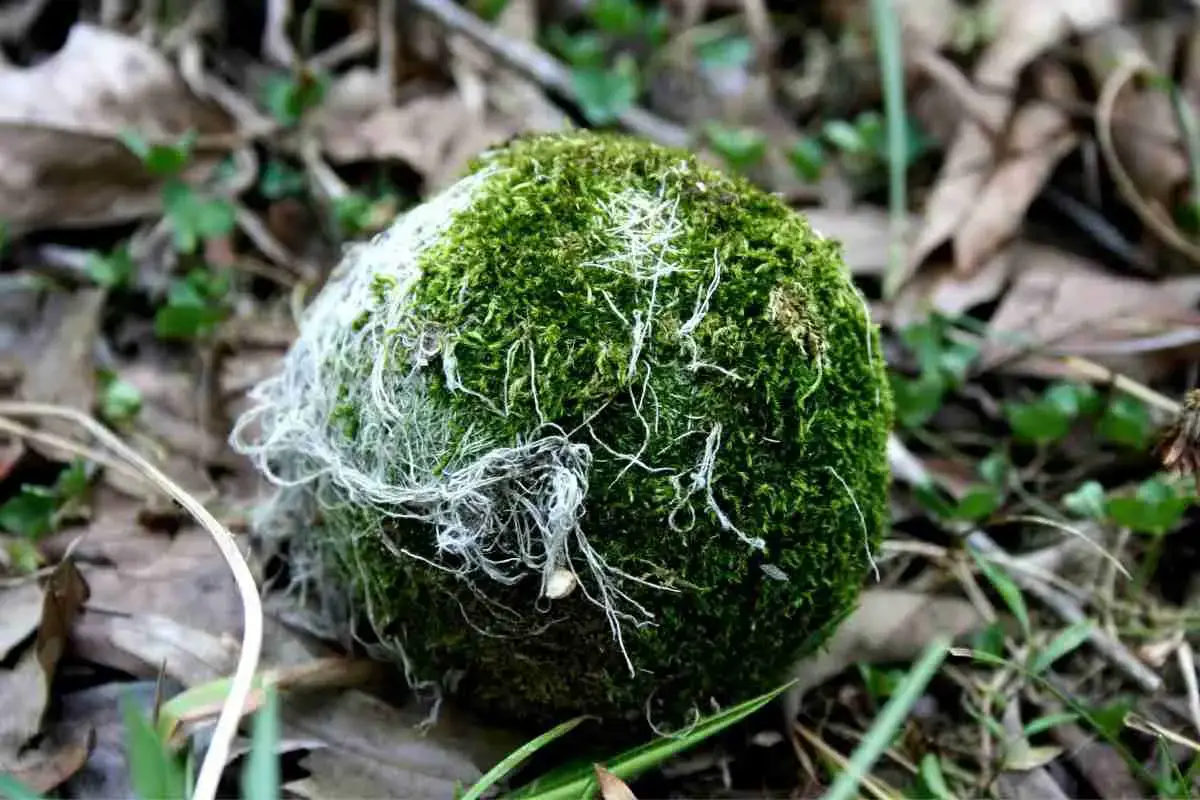
Are Moss Balls Alive? Everything You Need To Know!
Read more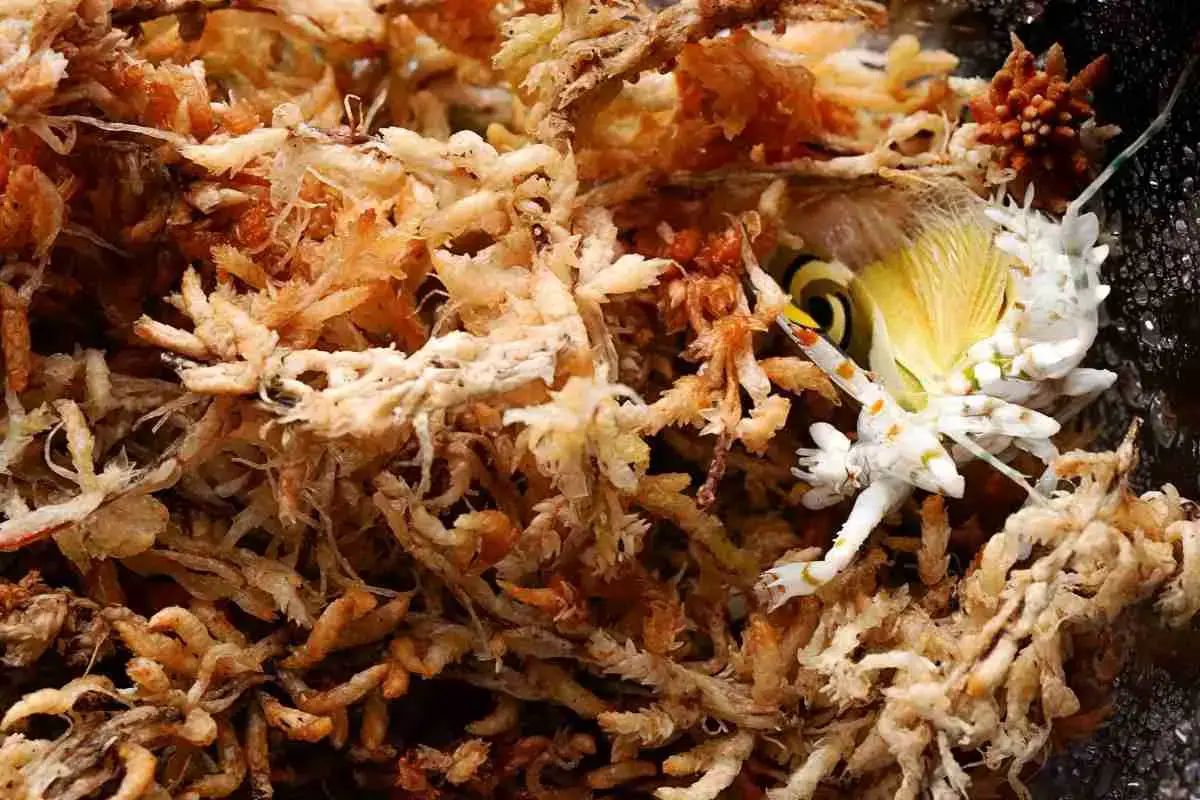
3 Simple Methods To Sterilize Sphagnum Moss
Read more
What Is A Moss Pole? And Why Are They Used?
Read more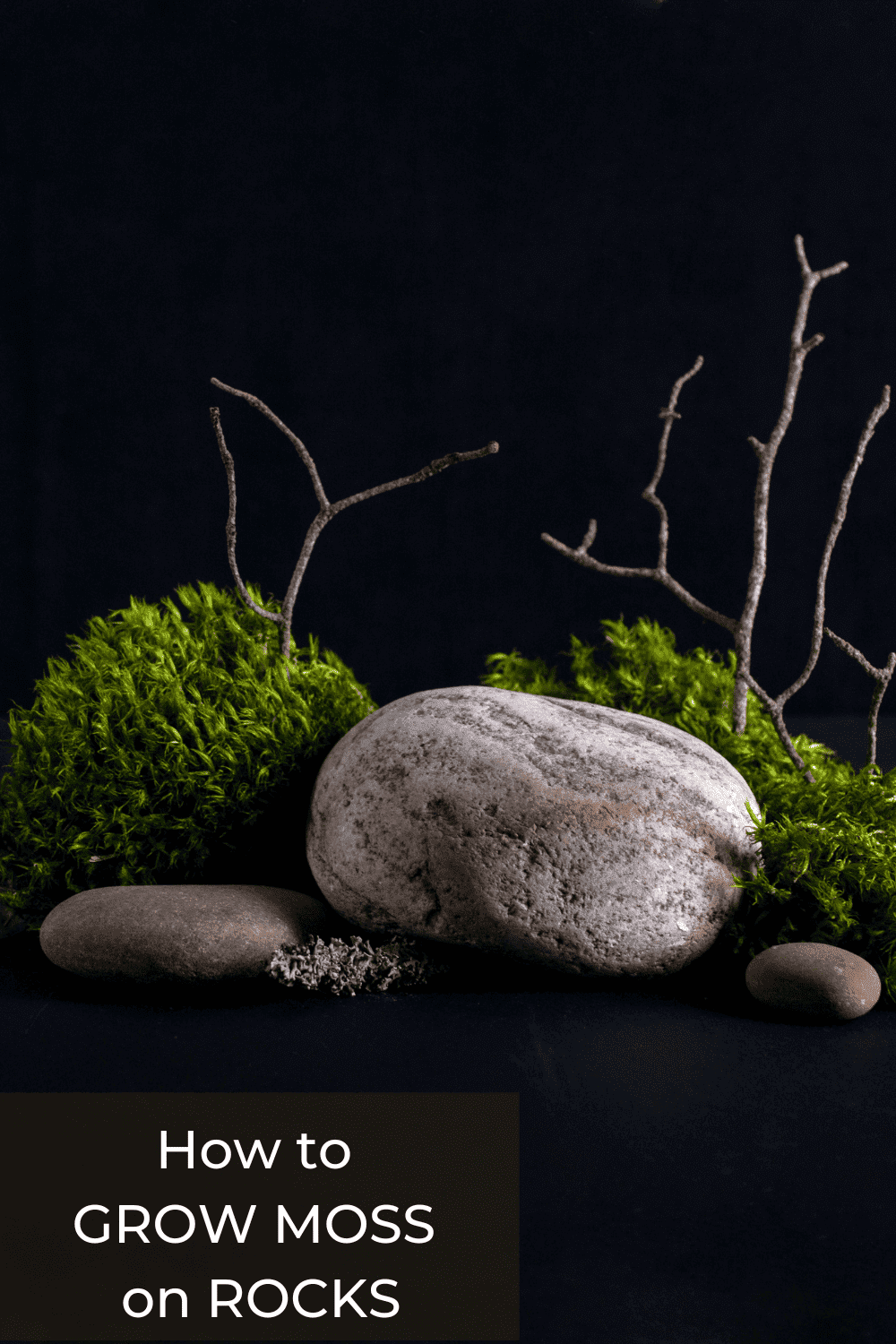
How to Grow Moss on Rocks and Impress Your Friends (or Enemies)
Read more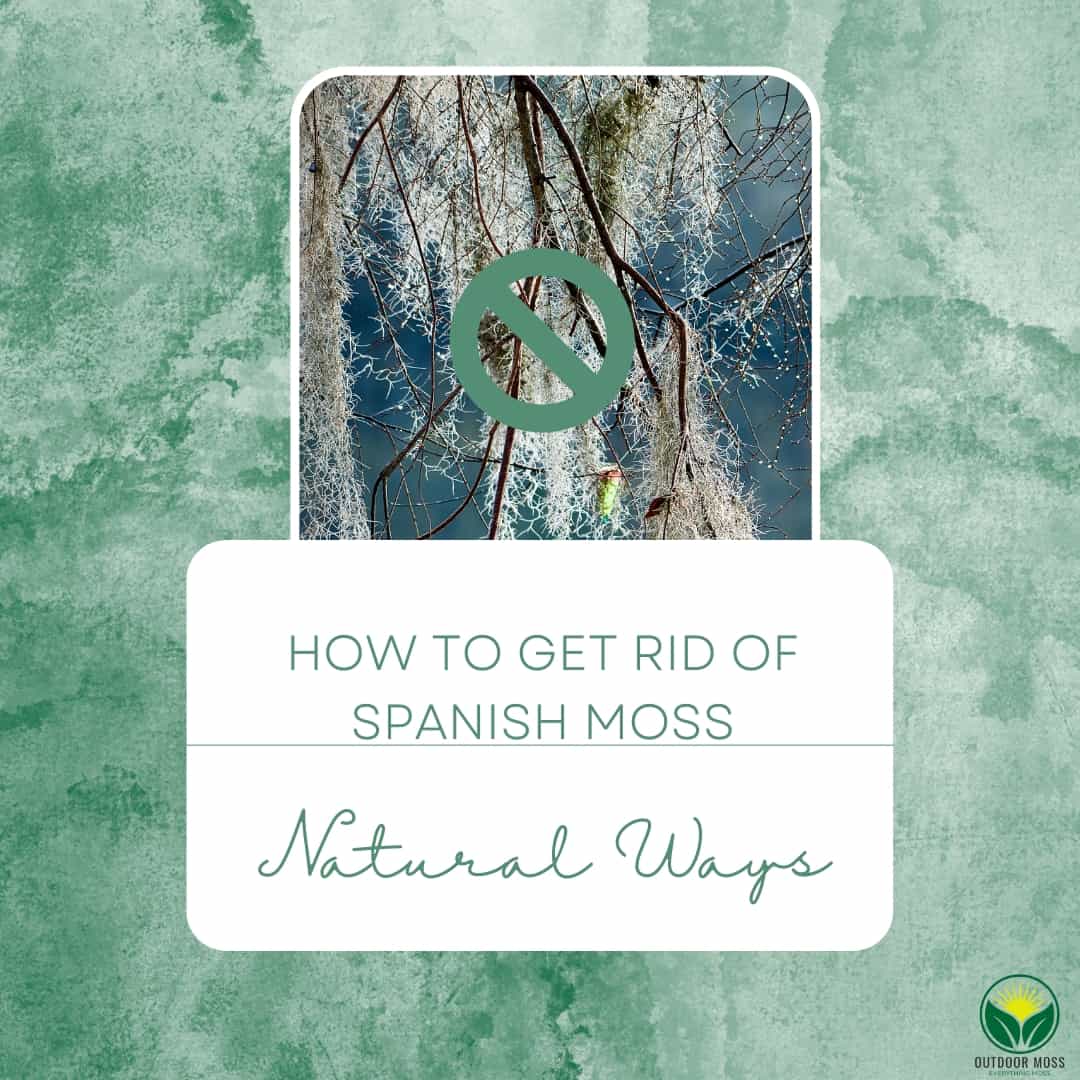
How to get rid of Spanish moss. The natural way to remove Spanish Moss
Read more
What to do if your Christmas moss turns brown or yellow? Find out how to bring your moss back to life
Read more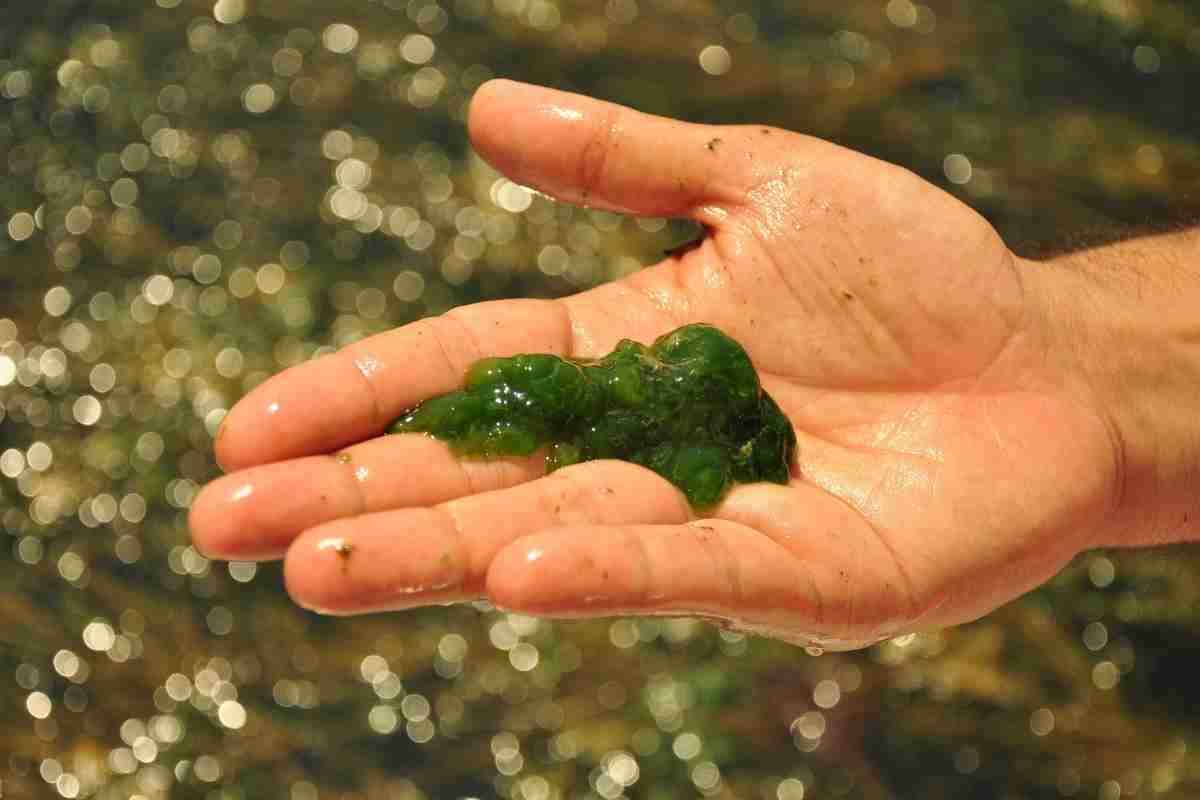
How Fast Does Algae Grow? Growth Rate Factors!
Read more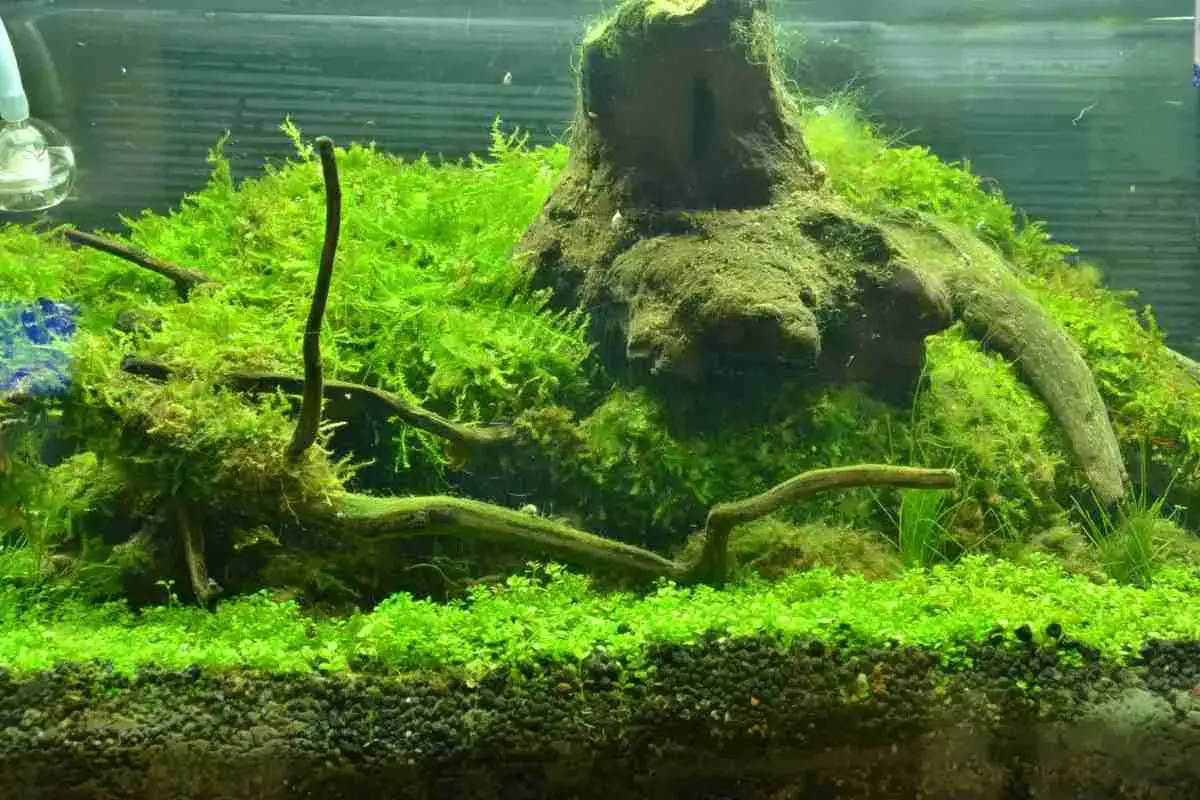
6 Simple Methods To Grow Java Moss Fast
Read more
Does Algae Need Sunlight? The Surprising Truth!
Read more
Does Moss Need Soil? Detailed Guide
Read more